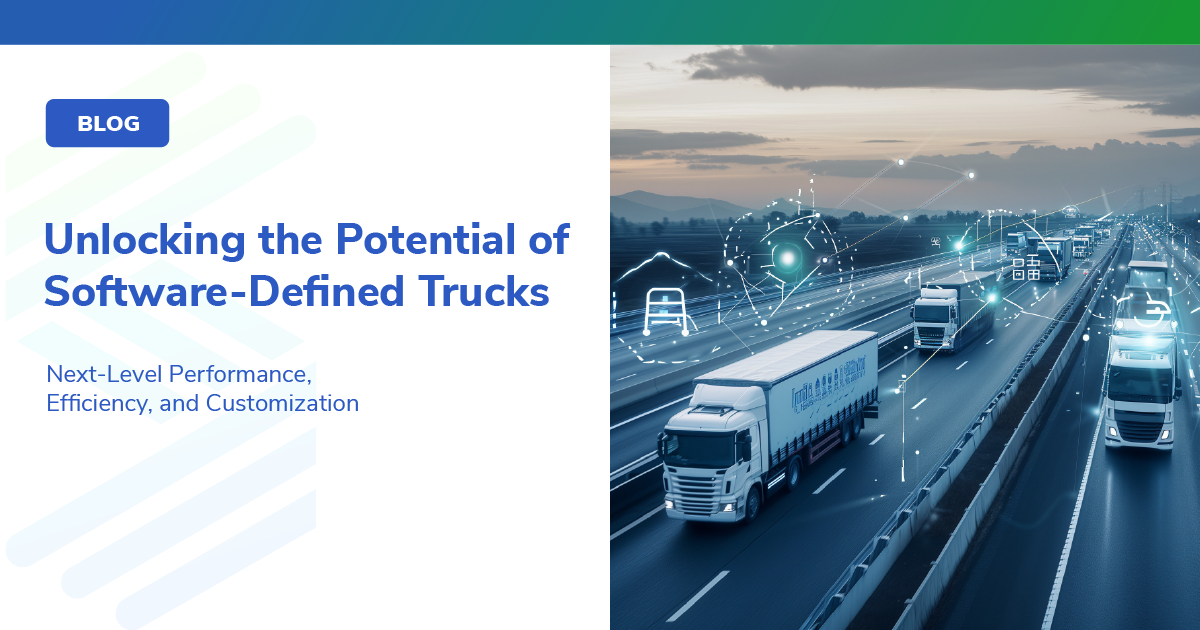
/
August 9, 2021
/
#
Min Read
Luxury Has Its Limits and So Do These Lamborghinis
We’re back with “The Recall Notice” to bring you the latest on software-related recalls. Last time we looked at a recall affecting over 400,000 Subaru Impreza and Crosstrek vehicles. This ignition coil software issue had an estimated cost to the OEM of 139 to 233 million dollars.
This month’s recall was issued by the National Highway Traffic Safety Administration (NHTSA) on June 23, 2021, with owner notification set to begin on the 6th of August. It involves a fault in the review camera of Lamborghini Huracán vehicles from model years 2018 through 2021. Although the scope of this recall is significantly smaller than those previously covered, the elite nature of this brand adds a unique layer to the overall impact on the OEM.
Snapshot
NHTSA Campaign Number: 21V466
OEM: Automobili Lamborghini
Components: Rearview camera
Estimated Vehicles Affected: 2,701
Remedy: Free software update at dealership
Estimated Cost to OEM: $810,000 - $1.3M
What the Problem Was
NHTSA recall 21V466 is a temperature-related software fault in the rearview cameras of certain Lamborghini Huracán vehicles. When temperatures drop below 41°F, the infotainment system may fail to display the rearview camera image. This in turn increases the driver’s risk of a collision with oncoming vehicles, stationary objects, and pedestrians. It also places these vehicles in violation of the “Rear Visibility" requirements outlined in the Federal Motor Vehicle Safety Standard (FMVSS) number 111.
FMVSS 111 states that infotainment systems must display a rear view image within 2 seconds of the vehicle being placed in reverse. The image must remain in place while the vehicle is backing up and turn off only when the car is taken out of reverse. The mandate also states that the image needs to maintain field-of-view and object integrity regardless of temperature exposure.
The Scope of the Recall
An estimated 2,701 Huracán vehicles were affected in NHTSA recall 21V466. These include Huracán cars produced in model years 2018, 2019, 2020, and 2021. Lamborghini's identification for this recall is L62XR.01.21.
A recall of fewer than 3,000 vehicles might seem insignificant when compared to recalls affecting hundreds of thousands of cars – but then again, we aren’t talking about a regular automotive brand here. Lamborghini manufacturers high performance supercars designed for an elite class of people, which means even a small recall affects a large portion of their fleet.
For an OEM that produces vehicles for the average consumer, a recall of 2,701 cars wouldn’t make much of an impact. On the other hand, such a recall from a luxury brand as Lamborghini which in 2019 sold 8,205 vehicles worldwide, would mean taking back 33% of the vehicles sold. To put this into perspective, an OEM like Toyota, which sold 10.6 million units in 2019, 33% would be just under 3.5 million vehicles.
How Sibros Could Have Helped
Lamborghini has yet to implement a vehicle-wide OTA software system. At this time, their connectivity remains restricted to navigation, comfort, infotainment, and limited safety features, as seen on their website. Some of their models even allow the integration of Amazon’s Alexa. Unfortunately, Alexa does not possess the capability to fix software issues that would impact the functionality of the vehicle.
As a result, all 2,701 Huracán vehicles are required to pay a visit to a Lamborghini dealership where the instrument cluster software in the rearview camera will be updated manually. By implementing a vehicle-wide OTA solution like Sibros Deep Connected Platform, essential updates can be performed remotely, eliminating the need for owners to do anything other than press “confirm” to approve the software update.
OTA software updates are just as beneficial for the OEM as they are for the customers. Instead of individually fixing each vehicle, the manufacturer can send one update that targets all affected vehicles simultaneously. Sibros solutions also provide ease of mind by monitoring the vehicle’s functionality to identify software issues and resolve them before they turn into dangerous problems.
Financial Impact and Savings
Although the software update is free of charge to the customer, it takes time, money, and resources away from the OEMs as well as dealer mechanics. Like other recalls, a software update of this kind ranges between $300-$500 per vehicle, bringing the total cost to the OEM to between $810,300 and $1.35 million.
For an OEM that sells their products for over $200,000 a unit, this doesn’t seem like much. The real impact is on the company’s image. To understand this, we need to look at why people buy cars like Lamborghini: speed, style, prestige, and exclusivity. Customers spending hundreds of thousands of dollars on a vehicle don’t expect to be subjected to driving back and forth to a dealership for every little software issue—especially when their neighbor, who paid less than half the price for their car, can do it with the press of a button.
As vehicle-wide OTA software solutions become a standard part of the automotive industry, distinguished brands like Lamborghini must adapt their technology to keep pace or risk losing clients and damage their reputation as a premiere automaker.
Get your fleet a step ahead of the competition with Sibros. Our OTA software solution not only streamlines the recall process but works to proactively identify issues so you can address them efficiently and effectively. Contact Sibros to learn more or set up an appointment for a personalized demonstration













